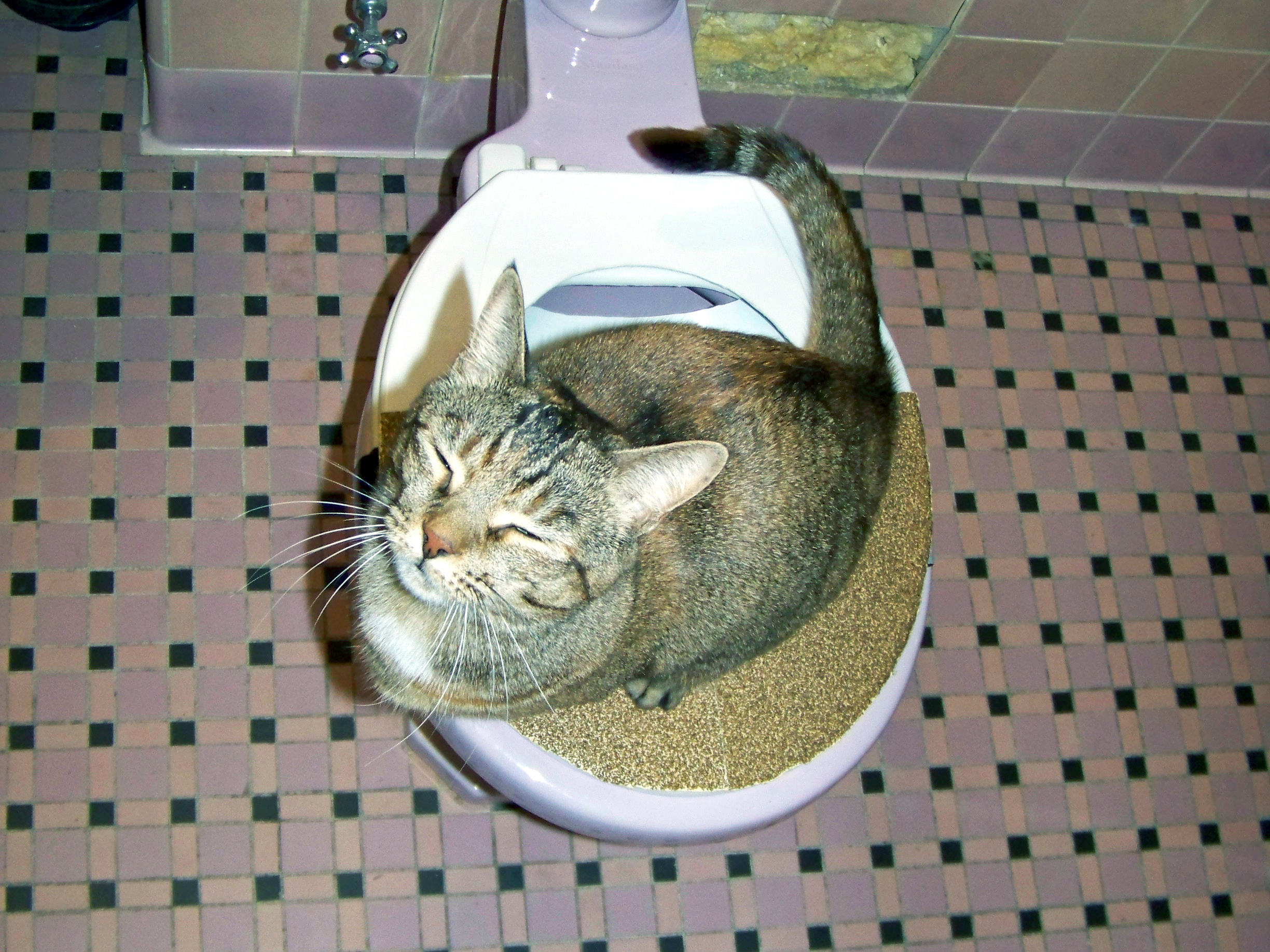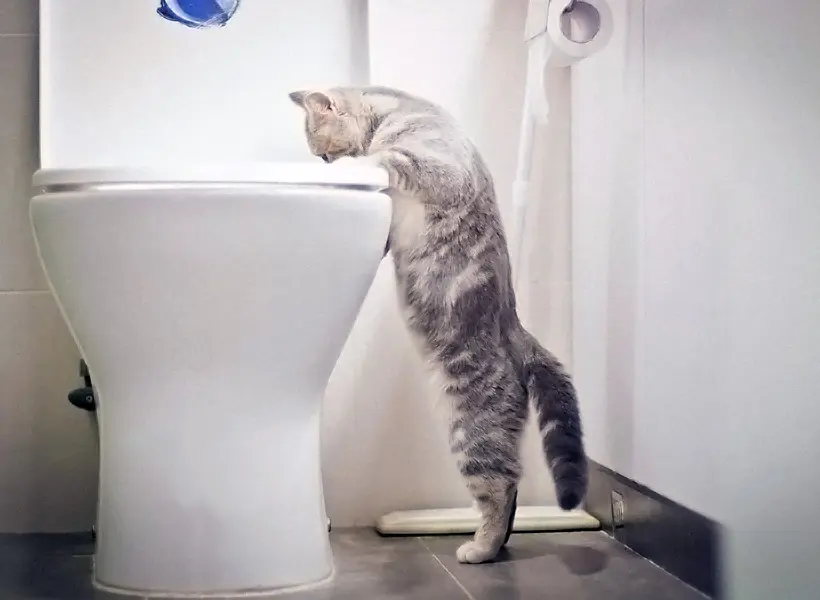Don't Flush Cat Poop Down Your Toilet - Maintain Your Home's Pipe System
Don't Flush Cat Poop Down Your Toilet - Maintain Your Home's Pipe System
Blog Article
Just about every person maintains his or her own piece of advice with regards to Can You Flush Cat Poo or Litter Down the Toilet?.

Intro
As feline proprietors, it's vital to be mindful of just how we deal with our feline good friends' waste. While it might appear hassle-free to purge feline poop down the bathroom, this method can have harmful repercussions for both the environment and human wellness.
Ecological Impact
Flushing cat poop presents damaging pathogens and bloodsuckers into the water supply, posing a considerable threat to marine communities. These contaminants can adversely impact aquatic life and concession water quality.
Wellness Risks
In addition to environmental worries, purging cat waste can also posture wellness threats to people. Feline feces might include Toxoplasma gondii, a bloodsucker that can trigger toxoplasmosis-- a possibly extreme health problem, particularly for pregnant ladies and people with weakened body immune systems.
Alternatives to Flushing
Thankfully, there are safer and a lot more liable ways to dispose of pet cat poop. Think about the complying with choices:
1. Scoop and Dispose in Trash
The most usual technique of dealing with feline poop is to scoop it into a biodegradable bag and toss it in the garbage. Make certain to utilize a specialized trash scoop and deal with the waste without delay.
2. Use Biodegradable Litter
Select naturally degradable feline trash made from products such as corn or wheat. These trashes are eco-friendly and can be safely gotten rid of in the garbage.
3. Bury in the Yard
If you have a lawn, think about burying cat waste in a designated location far from vegetable gardens and water resources. Make certain to dig deep sufficient to stop contamination of groundwater.
4. Mount a Pet Waste Disposal System
Purchase an animal garbage disposal system especially made for pet cat waste. These systems utilize enzymes to break down the waste, minimizing smell and ecological impact.
Final thought
Responsible pet ownership prolongs past providing food and sanctuary-- it additionally includes appropriate waste monitoring. By avoiding purging cat poop down the bathroom and going with alternate disposal approaches, we can reduce our ecological footprint and protect human health and wellness.
Why Can’t I Flush Cat Poop?
It Spreads a Parasite
Cats are frequently infected with a parasite called toxoplasma gondii. The parasite causes an infection called toxoplasmosis. It is usually harmless to cats. The parasite only uses cat poop as a host for its eggs. Otherwise, the cat’s immune system usually keeps the infection at low enough levels to maintain its own health. But it does not stop the develop of eggs. These eggs are tiny and surprisingly tough. They may survive for a year before they begin to grow. But that’s the problem.
Our wastewater system is not designed to deal with toxoplasmosis eggs. Instead, most eggs will flush from your toilet into sewers and wastewater management plants. After the sewage is treated for many other harmful things in it, it is typically released into local rivers, lakes, or oceans. Here, the toxoplasmosis eggs can find new hosts, including starfish, crabs, otters, and many other wildlife. For many, this is a significant risk to their health. Toxoplasmosis can also end up infecting water sources that are important for agriculture, which means our deer, pigs, and sheep can get infected too.
Is There Risk to Humans?
There can be a risk to human life from flushing cat poop down the toilet. If you do so, the parasites from your cat’s poop can end up in shellfish, game animals, or livestock. If this meat is then served raw or undercooked, the people who eat it can get sick.
In fact, according to the CDC, 40 million people in the United States are infected with toxoplasma gondii. They get it from exposure to infected seafood, or from some kind of cat poop contamination, like drinking from a stream that is contaminated or touching anything that has come into contact with cat poop. That includes just cleaning a cat litter box.
Most people who get infected with these parasites will not develop any symptoms. However, for pregnant women or for those with compromised immune systems, the parasite can cause severe health problems.
How to Handle Cat Poop
The best way to handle cat poop is actually to clean the box more often. The eggs that the parasite sheds will not become active until one to five days after the cat poops. That means that if you clean daily, you’re much less likely to come into direct contact with infectious eggs.
That said, always dispose of cat poop in the garbage and not down the toilet. Wash your hands before and after you clean the litter box, and bring the bag of poop right outside to your garbage bins.
https://trenchlesssolutionsusa.com/why-cant-i-flush-cat-poop/

I recently found that piece about Don’t flush cat feces down the toilet when surfing around the search engines. Do you know about another individual who is occupied with the niche? Why not share it. Thanks for taking the time to read it.
Go Deal Report this page